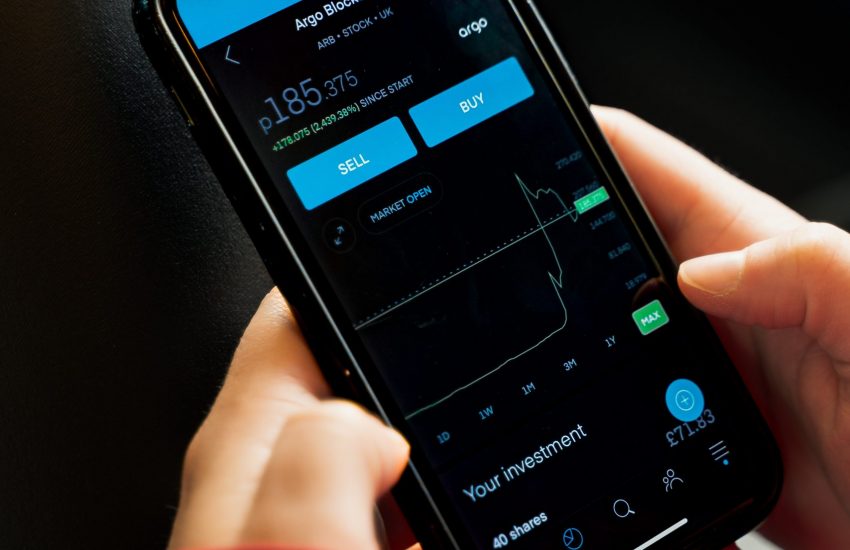Support and resistance strategies for stock traders
There are many ways to trade support and resistance levels. Let’s take a look at some of the most popular strategies.
Horizontal support and resistance
One of the most common ways to trade support and resistance is to look for horizontal levels. When price reaches a horizontal level, it may find resistance or support. If price breaks above a horizontal level, that could signify strength, while a break below could signal weakness.
To trade horizontal levels, you’ll need to identify key levels and then wait for the price to reach those levels. Once the price reaches the level, you can decide whether to take a long or short position. Be aware that these levels are not guaranteed to hold, so always stop losses when trading them.
One way to find horizontal support and resistance levels is by using moving averages.
One of the simplest ways to trade support and resistance levels is to look for horizontal lines that coincide with them. When prices approach a horizontal line, they can be a strong support or resistance level. Traders can enter long positions when prices break above resistance levels or short positions when they break below support levels.
Trendlines
Another popular way to trade support and resistance levels is through trendlines. A trendline can be drawn by connecting two or more price action points on a chart. Once a trendline is established,
Traders can look for price to act in one of three ways:
- Price breaks above the trendline. It would be seen as a strong resistance level and could signal that there is further upward movement.
- Price breaks below the trendline, which would indicate a good level to go short at since it shows that downward momentum is still present.
- Price bounces off the trendline, indicating that bears are losing their grip on market sentiment, and traders should look for opportunities to open long positions when the price approaches this area again.
Support and resistance levels are defined as follows
Support levels indicate where buyers will attempt to enter into the market, driving prices upwards – Resistance levels [indicate] where sellers try [to take advantage of that by selling]. These areas tend towards a magnet effect as prices oscillate around these points in both cases.
There are several techniques that traders can use to trade support and resistance levels
- The first is to wait for a breakout. A breakout occurs when the price moves beyond the support or resistance level. It indicates that the market is in favour of buyers or sellers, respectively
- Another technique is to use moving averages. When the moving average crosses a support or resistance level, this indicates that the direction of the trend may be changing
- Finally, traders can also use indicators such as Bollinger Bands®, which are volatility bands placed around a moving average. When the price touches or breaches a band, it often indicates a change in trend. Whichever technique is used, it is essential to remember that support and resistance levels are not infallible. Prices can and do break through these levels on occasion. However, they provide a good overall indication of where the market is likely to move and can be a handy tool for traders.
So how can traders take advantage of support and resistance levels?
There are several different ways that traders can trade support and resistance levels, including:
- Trading breakouts
- Trading moving averages
- Trading Bollinger Bands®
Each method has its advantages and disadvantages, so it is essential to find one that suits the individual trader’s style. For example, breakout trading may be more suitable for traders who are comfortable taking on more risk, as they may need to enter into a trade before the level is confirmed. On the other hand, moving average trading may be more suitable for traders who want to play it safer and prefer to wait for a strong signal before entering into a trade.
Whichever method is used, traders must always use a stop-loss order when trading support and resistance levels. It will help to minimise losses if the trade goes against them.
In conclusion
Support and resistance levels are essential tools for traders. By using breakout trading, moving averages or Bollinger Bands®, traders can gain an edge in the market by predicting where prices are likely to change direction.



